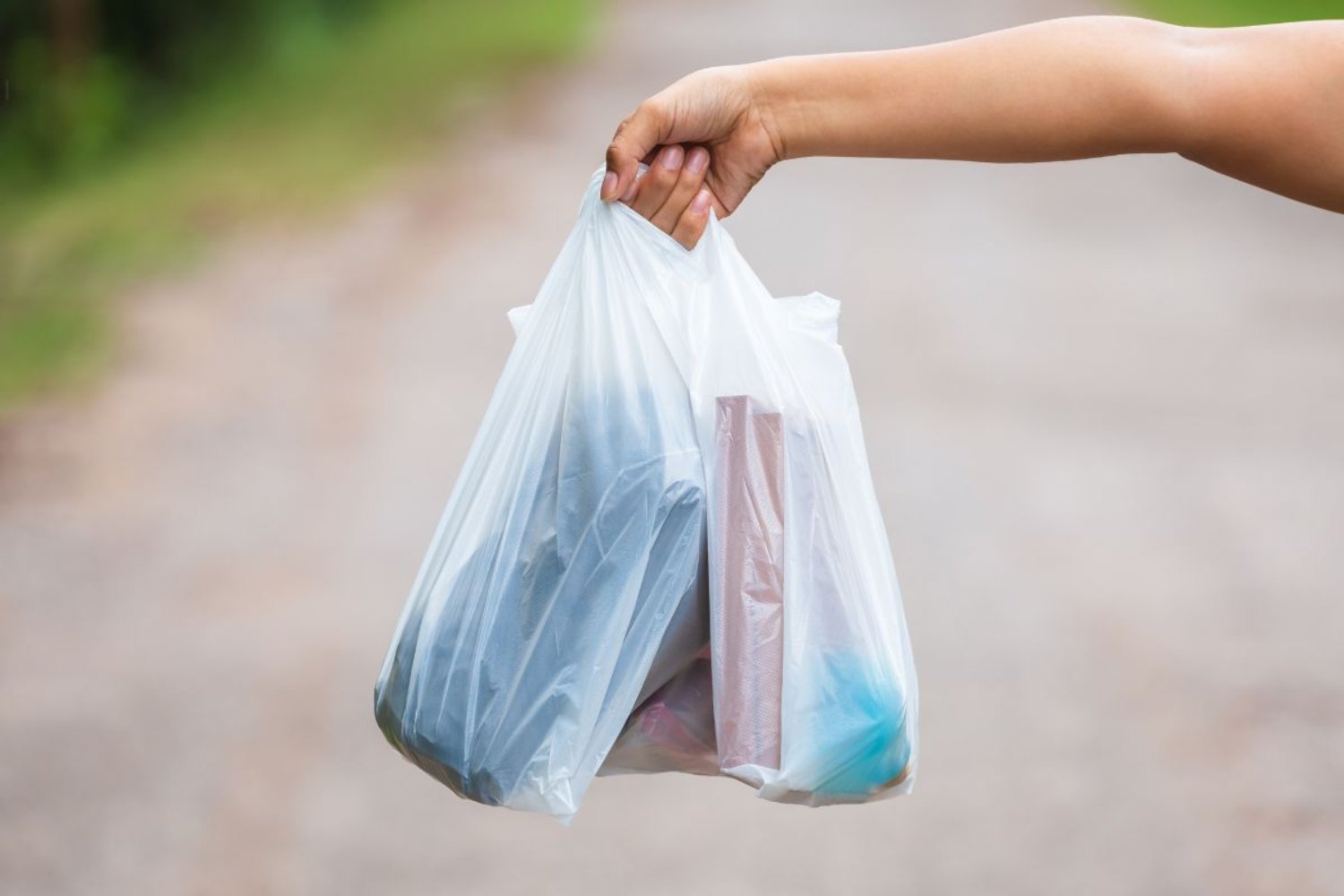New York State has had a ban on the distribution of single-use plastic bags since 2020, but it is still not uncommon to come across one on the streets.

@Canva
In 2020, the State of New York instituted a ban on single-use plastic bag sales to reduce waste and greenhouse gas emissions from their production. Before the ban took effect, New Yorkers used about 23 billion plastic bags a year, 85% of which ended up in landfills, waterways, or on streets.
“the quantity of plastic bags entering the waste stream has decreased by 68%”
Five years later, the effect is tangible, though not yet definitive. According to a study carried out by the New York City Department of Sanitation, plastic bags in the trash stream decreased by 68% between 2017 and 2023.
Yet, despite this considerable decline, plastic bags remain a ubiquitous presence around the city. This is partially because of legal loopholes permitting use in particular circumstances, for example, wrapping bulk items in groceries stores or dispensing prescription drugs from chemists. Restaurants are not subject to the ban either.
Economic impact on small businesses
Its implementation has been made challenging, most notably by the cost to small businesses. Some retailers in wealthier neighborhoods have instituted reusable bags for sale, while businesses in poorer neighborhoods have continued to offer plastic bags at a temporary basis to try not to charge more to customers. This reflects a common dilemma with small business owners across New York, as they have been struggling to be able to afford sustainable alternatives.
The Bag Waste Reduction Act, which took effect March 1, 2020, was delayed by the pandemic and a court challenge from plastic bag manufacturers. The bill has a tiered penalty scheme: after a warning, sellers may be fined $250 for a second offense and $500 for each one thereafter.
Despite the difficulties in enforcing the ban, it has helped reduce plastic pollution in New York considerably. Yet stricter enforcement of the penalties, along with increased assistance for companies in the transition to sustainable substitutes, might be necessary for the policy to gain a hold.

